Costume
The Enchanting World of Swan Lake Costumes A Journey into Timeless Elegance
In the realm of classical ballet, few productions capture the imagination and stir the soul like Swan Lake. With its enchanting tale of love, betrayal, and transformation, Swan Lake has captivated audiences for over a century. Beyond the captivating storyline, the ballet is renowned for its exquisite costumes that bring the characters to life and transport the audience into a world of magic and wonder.
The History of Swan Lake Costumes
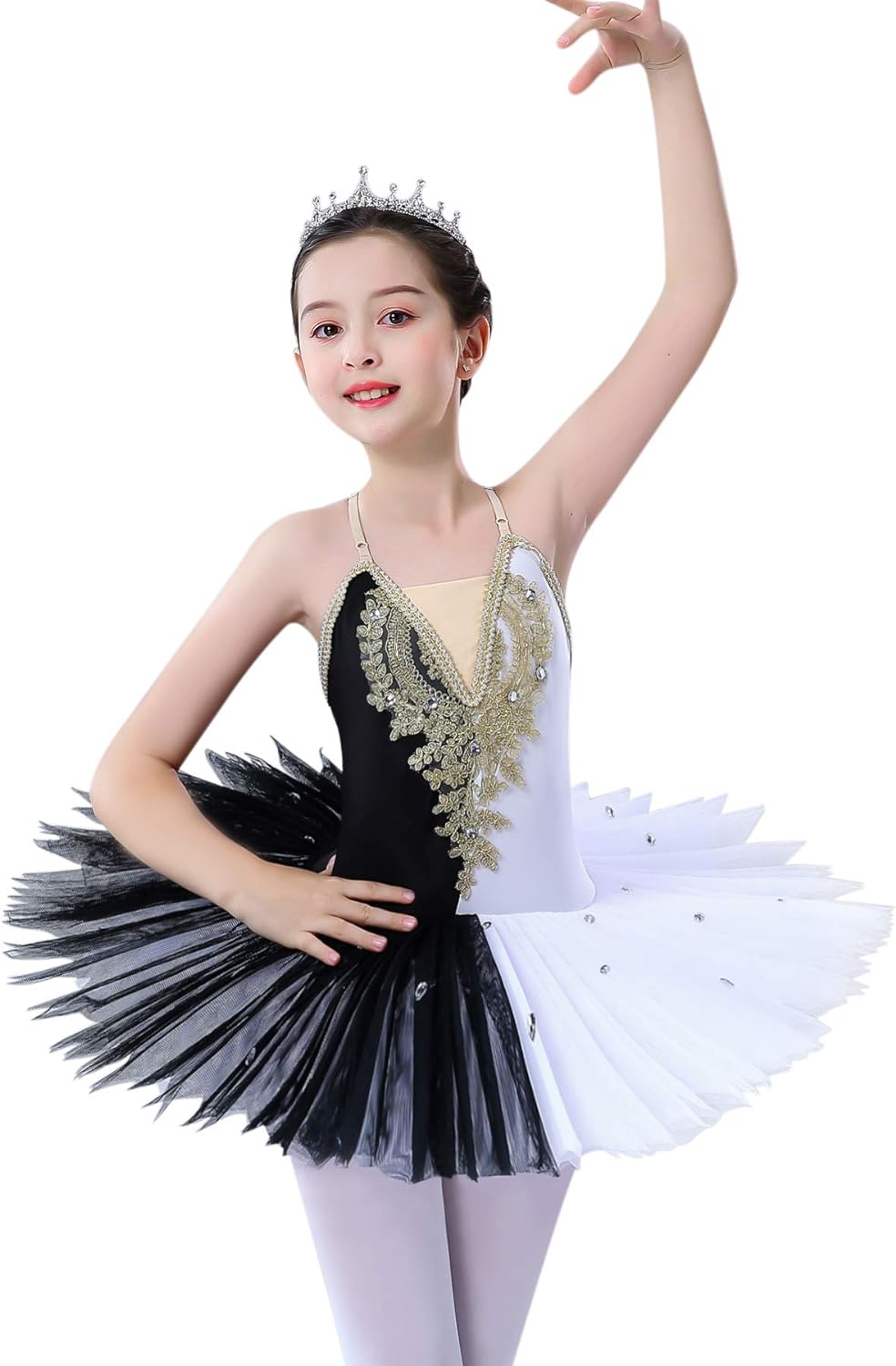
The first production of Swan Lake premiered in 1877 at the Bolshoi Theatre in Moscow. The original costumes were designed by artists Karl Bryullov and Heinrich Wagner. Bryullov, known for his romantic and ethereal style, created the iconic white tutu for the Swan Queen, Odette. The tutu, consisting of multiple layers of soft tulle, exudes a sense of lightness and grace, allowing the ballerina to float across the stage as if she were gliding on air.
In 1895, Marius Petipa, the renowned French choreographer, revived Swan Lake for the Imperial Ballet in St. Petersburg. This production featured new costumes designed by Léon Bakst, a prominent Russian artist and designer. Bakst’s costumes were more elaborate and opulent than the original designs, reflecting the grandeur and extravagance of the Imperial Ballet. He introduced rich colors, intricate beading, and sumptuous fabrics, creating visually stunning costumes that further enhanced the ballet’s magical aura.
The Evolution of Swan Lake Costumes
Over the years, Swan Lake has been performed by various ballet companies around the world, each with their own unique interpretation of the production. As a result, the costumes have also evolved, reflecting the changing times and artistic vision of the designers. Let’s take a closer look at the different eras of Swan Lake costumes.
19th Century: Romantic and Ethereal
The original costumes designed by Karl Bryullov and Heinrich Wagner were a reflection of the romantic era in which they were created. The focus was on creating a dreamlike atmosphere, with soft, flowing fabrics and delicate details. The tutu for Odette was a simple white dress with layers of tulle, giving the illusion of feathers, while the tutu for Odile, the Black Swan, was black with silver embellishments.
In this era, the costumes were not as elaborate as they would become in later years, but they still captured the essence of the characters and their emotions. The simplicity of the designs allowed the dancers to move freely and gracefully, without being weighed down by heavy fabrics or excessive adornments.
Early 20th Century: Opulence and Extravagance
With the revival of Swan Lake by Marius Petipa in 1895, the costumes took on a more opulent and extravagant look. Léon Bakst’s designs were a reflection of the grandeur and extravagance of the Imperial Ballet, with rich colors, intricate beading, and sumptuous fabrics. The tutu for Odette was now adorned with crystals and pearls, while the tutu for Odile featured gold and silver embroidery.
These costumes were a symbol of the wealth and power of the Imperial Ballet, and they added to the overall spectacle of the production. The ballerinas were transformed into ethereal creatures, with the elaborate costumes enhancing their movements and adding to the magic of the ballet.
Mid-20th Century: Modern and Minimalistic
In the mid-20th century, there was a shift towards more modern and minimalistic designs for Swan Lake costumes. This was influenced by the rise of contemporary ballet and the desire to break away from traditional styles. Designers like Barbara Karinska and Nicholas Georgiadis created costumes that were sleek and streamlined, with clean lines and minimal embellishments.
The tutus for Odette and Odile were now shorter and more fitted, allowing for a more contemporary and dynamic performance. The colors were also toned down, with shades of white, grey, and black dominating the costumes. This modern take on Swan Lake costumes added a new dimension to the production, making it more accessible to a wider audience.
21st Century: Fusion of Tradition and Innovation
In recent years, there has been a fusion of traditional and modern elements in Swan Lake costumes. Designers like Yumiko Takeshima and David Bamberger have combined the classic tutu with modern fabrics and techniques, creating unique and innovative designs. The tutus are now made from materials like Lycra and Spandex, giving them a more contemporary look and allowing for greater flexibility and movement.
The color palette has also expanded, with designers incorporating bold and vibrant hues into the costumes. This adds a new level of drama and intensity to the production, while still staying true to the essence of Swan Lake. The fusion of tradition and innovation in these costumes reflects the evolution of ballet as an art form and keeps the production fresh and relevant for modern audiences.
The Magic of Swan Lake Costumes
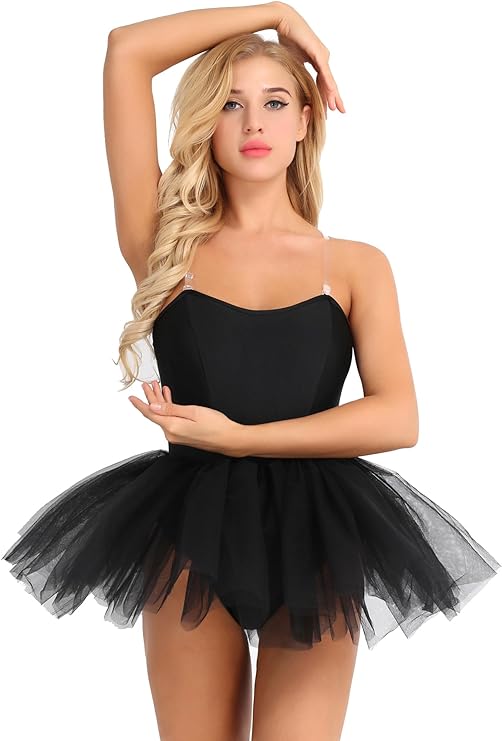
Swan Lake costumes not only add to the visual appeal of the ballet but also play a crucial role in bringing the characters to life and conveying their emotions. Let’s take a closer look at some of the iconic costumes from Swan Lake and the significance behind them.
Odette’s White Tutu
The most iconic costume from Swan Lake is undoubtedly Odette’s white tutu. Designed by Karl Bryullov, this tutu represents the purity and innocence of the Swan Queen. The layers of tulle give the illusion of feathers, symbolizing Odette’s transformation into a swan by the evil sorcerer, Von Rothbart. The delicate and ethereal nature of the tutu also reflects Odette’s vulnerability and her longing for true love.
Odile’s Black Tutu
In contrast to Odette’s white tutu, Odile’s black tutu represents her seductive and manipulative nature. Designed by Léon Bakst, this tutu is adorned with silver embellishments, giving it a more sinister and alluring look. The black color symbolizes Odile’s connection to Von Rothbart and her role in deceiving Prince Siegfried. The intricate details on the tutu also reflect Odile’s cunning and deceptive personality.
Prince Siegfried’s Costume
The costumes for Prince Siegfried have also evolved over the years, reflecting his character arc in the ballet. In the original production, his costume was simple and regal, with a white tunic and gold embellishments. As the ballet evolved, his costume became more elaborate, with rich fabrics and intricate details. In modern productions, his costume has taken on a more contemporary look, with a fusion of traditional and modern elements.
The Costumes Behind the Scenes
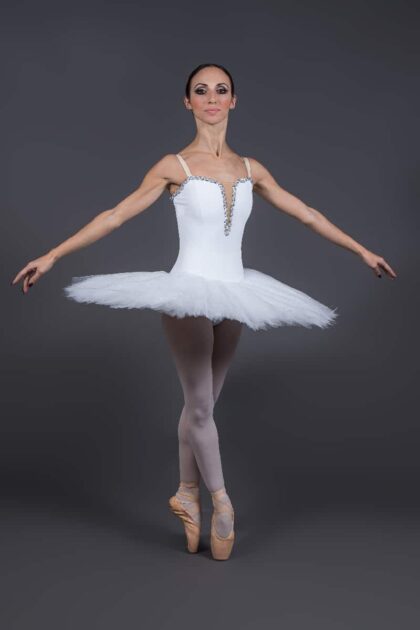
While the costumes on stage are a visual feast for the audience, there is a lot of work that goes on behind the scenes to bring them to life. Let’s take a look at the process of creating Swan Lake costumes.
Designing the Costumes
The first step in creating Swan Lake costumes is designing them. This involves researching the era and style of the production, as well as the artistic vision of the choreographer. The designer then creates sketches and works closely with the choreographer and dancers to ensure that the costumes not only look visually appealing but also allow for ease of movement and expression.
Choosing Fabrics and Materials
Once the designs are finalized, the next step is choosing the right fabrics and materials for the costumes. This is crucial as the fabrics need to be lightweight, durable, and allow for ease of movement. The designer also needs to consider the color and texture of the fabrics, as well as any embellishments that will be added.
Creating the Costumes
After the fabrics are chosen, the costumes are then created by a team of skilled seamstresses and tailors. This process involves cutting, sewing, and adding any embellishments or details to the costumes. Each costume is custom-made for the individual dancer, ensuring a perfect fit and allowing for maximum comfort and flexibility on stage.
The Legacy of Swan Lake Costumes

Swan Lake has stood the test of time, and its costumes have played a significant role in its enduring popularity. The iconic white tutu for Odette and the elaborate costumes for the other characters have become synonymous with the ballet and have inspired countless productions around the world. Let’s take a look at some of the most notable adaptations of Swan Lake costumes.
The Black Swan (2010)
The movie adaptation of Swan Lake, directed by Darren Aronofsky, featured stunning costumes designed by Amy Westcott. The costumes were a fusion of traditional and modern elements, with a dark and edgy twist. The tutus for Odette and Odile were shorter and more fitted, giving them a more contemporary look, while still retaining the classic tulle layers.
Matthew Bourne’s Swan Lake (1995)
Choreographer Matthew Bourne’s groundbreaking production of Swan Lake featured male dancers in the roles of the swans, challenging traditional gender roles in ballet. The costumes, designed by Lez Brotherston, were a modern interpretation of the classic designs, with a focus on masculinity and strength. The swans wore feathered trousers and jackets, creating a striking and powerful visual on stage.
American Ballet Theatre’s Swan Lake (2000)
American Ballet Theatre’s production of Swan Lake, choreographed by Kevin McKenzie, featured costumes designed by Zack Brown. The costumes were a fusion of traditional and modern elements, with vibrant colors and intricate details. The tutus for Odette and Odile were adorned with crystals and feathers, adding to the magical and ethereal atmosphere of the ballet.
Video
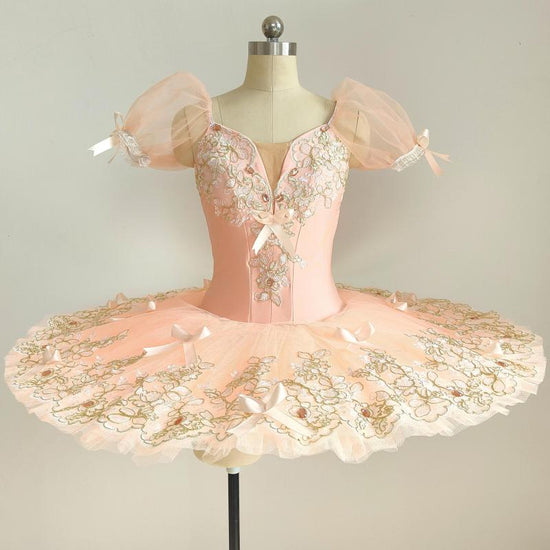
Conclusion
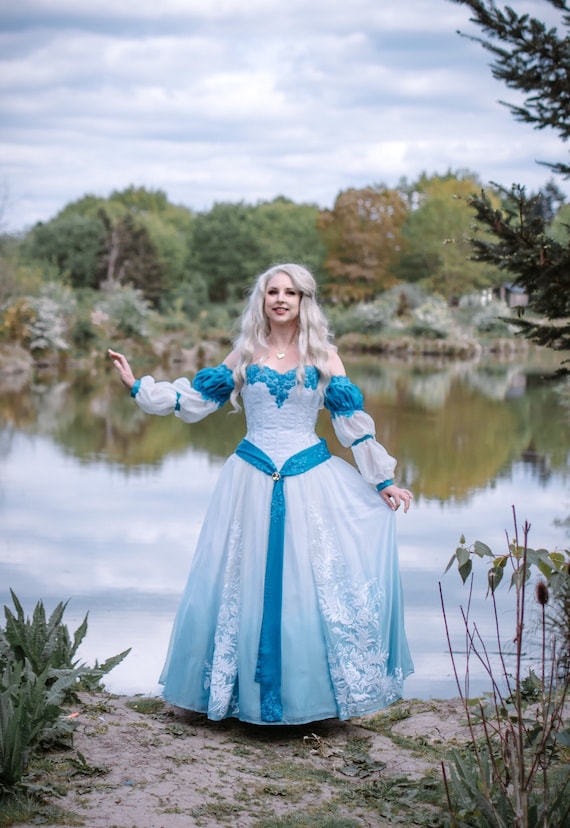
Swan Lake costumes are not just pieces of clothing; they are an integral part of the production, bringing the characters to life and adding to the magic and wonder of the ballet. From the romantic and ethereal designs of the 19th century to the modern and innovative interpretations of the 21st century, Swan Lake costumes have evolved and adapted, reflecting the changing times and artistic vision of designers. As long as this timeless ballet continues to be performed, its enchanting costumes will continue to captivate audiences and transport them into a world of timeless elegance.
